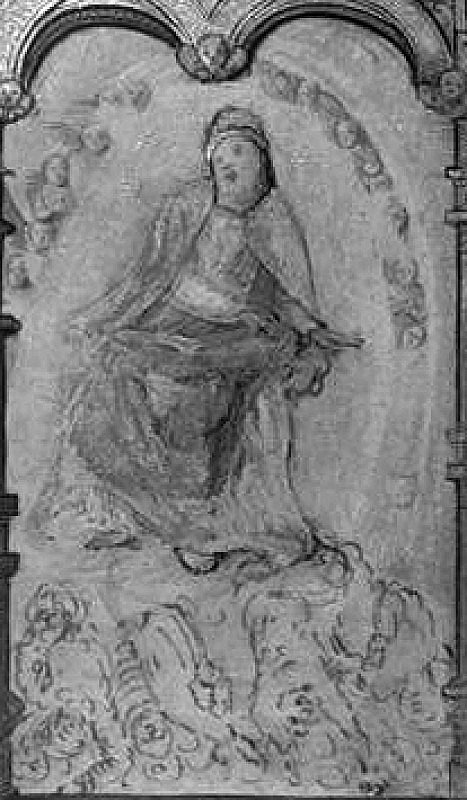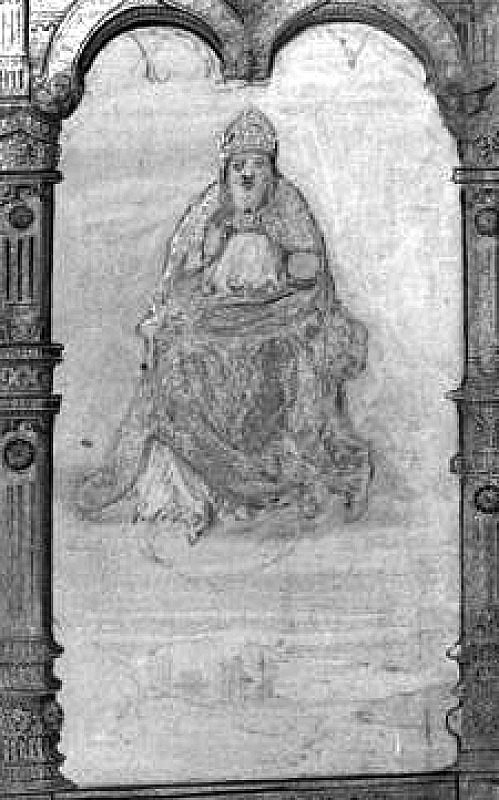Master of Antoine de Roche
Artists
The Master of Antoine de Roche has been tentatively identified with Guido Mazzoni of Modena (d. 1518) who is first documented as a painter in Italy in 1472, but was mainly known for his painted terracotta sculpture.
Mazzoni left for France in 1496 where he served as artist to Charles VIII (1470-1498) and designed the king’s bronze tomb in St Denis. Mazzoni also executed various commissions for Louis XII and Anne of Brittany, and it is conceivable that he made this Primer at the queen’s request. Ironically, for a book that was made to teach her daughter how to read, garbled captions in Old French (e.g. ADEM ET VEE) are inscribed on the gold frames of the miniatures. The captions in red and blue were painted with a fine brush and are almost certainly the work of the illuminator. Whoever supplied the captions had not mastered French, which lends support to the idea that the artist was a foreigner. No works survive from Guido Mazzoni’s time in France, so whether he did, in fact, illuminate Claude’s Primer remains subject to debate.



God creating Heaven and Earth; God creating Angels; God creating animals and birds
The rectangular panel in the upper border above the text block shows the Arma Christi, the Instruments of Christ’s Passion (pincers, hammer, cross with crown of thorns, nails, lanterns, scourges, dice, whips, column with ropes, ladder, and rooster). It was customary for children to make the sign of the cross and to say the words In nomine Patris, et Filii, et Spiritus Sancti, Amen (‘In the name of the Father, and Son, and Holy Spirit, Amen’) before reciting their ABCs. Here, the cross of the Arma Christi extends into the text block, just before the A of the alphabet, to prompt Claude to perform this devotion.
The large brush strokes in the azurite blue sky of the upper right scene hide a pentimento, invisible even in the near-infrared image because azurite still absorbs light at these wavelengths (800-1000 nm). Infrared reflectography, however, reveals the presence of small pointed arches, and the different shape of the clouds below God the Father’s feet (hotspot 3).
